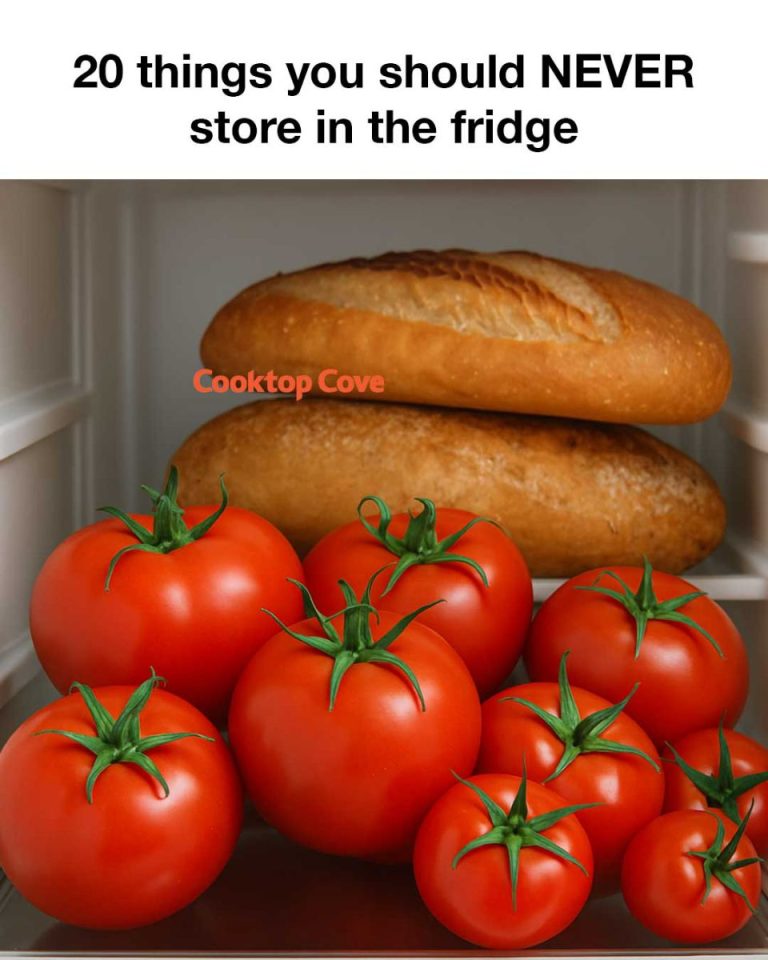Refrigerating potatoes can cause their starches to convert to sugar more quickly, leading to a sweet taste and discoloration when cooked. This can also affect the texture, making them gritty. Store potatoes in a cool, dark place, like a pantry or cellar, to maintain their quality.
5. Coffee Storage: Keep It Cool, Not Cold
Refrigerating coffee beans or grounds can cause them to absorb moisture and odors from the fridge, affecting their flavor. Instead, store coffee in an airtight container in a cool, dark place to preserve its freshness and aroma.
6. Honey: Natural Preservation Without Refrigeration
Honey is a natural preservative and does not need refrigeration. Storing honey in the fridge can cause it to crystallize and become thick. Keep honey in a tightly sealed jar at room temperature to maintain its smooth texture.
7. Avocados: Ripening and Storage Tips
Refrigerating avocados can slow down their ripening process, leaving them hard and unripe. It's best to let avocados ripen at room temperature and only refrigerate them once they are ripe to prolong their shelf life for a few more days.
8. Bananas: How Cold Affects Their Ripening
Bananas are sensitive to cold temperatures, which can disrupt their ripening process and cause the skin to turn brown. Store bananas at room temperature to allow them to ripen naturally. Once ripe, they can be refrigerated to slow further ripening, although the skin may darken.
9. Garlic: Preserving Flavor and Texture
Refrigerating garlic can cause it to sprout and become rubbery. The cold environment can also diminish its flavor. Store garlic in a cool, dry place with good air circulation to keep it fresh and flavorful.
10. Basil and Other Fresh Herbs: Best Storage Practices
Most folks are clueless when it comes to this
